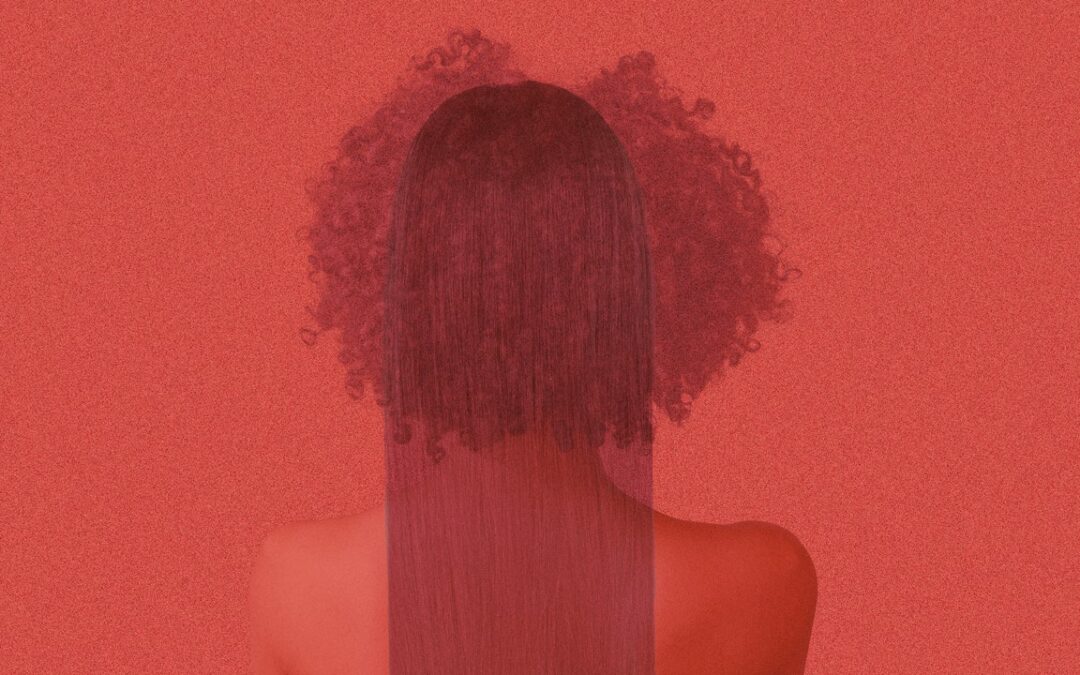Experts advise going to a salon for a texture release service (any treatment dealing with chemicals that have the potential to burn you is best left to the pros), but it is possible to buy an at-home kit. Most, like this one from Avalon, come with a bond-breaking lotion along with a shampoo, conditioner, and a neutralizing solution.
What’s the difference between a texture release and a relaxer?
Texture releases (which are also called texturizers but we’re using the term texture release throughout this article) are similar to relaxers in formula — the difference is the amount of active ingredient used. Traditional relaxers use more active because the goal is to get curly hair bone straight. Texture releases use less because the end game is not to straighten the hair, but rather loosen the curl. “When I was working on formulating relaxers, we would just put a lower amount of active in a texture release product and change the instructions to say, ‘don’t leave it on the hair as long’,” says Douglas.
There are no set regulations around what level the active should be in a relaxer versus a texturizer, but Douglas says texturizers use roughly 35 to 50 percent less calcium hydroxide or sodium hydroxide than a regular-strength relaxer. The amount varies by brand.
Though stylists have been using relaxers to perform texture releases for years, both Douglas and Michaella Blisset Williams, hairstylist and owner of New York City-based hair studio [Salon] 718, warn against using an at-home relaxer kit to achieve a texture release. Doing so risks causing unnecessary damage to your hair because you won’t be able to properly gauge the amount of time to leave the mixture in — it’s not as simple as leaving it in for a shorter period of time because you don’t know much of the active product is present, Douglas adds.
As for maintenance, Williams suggests clients come in twice a year for a touch-up on a texture release to make sure new growth at the root matches the rest of the curl pattern. Because relaxers change the hair texture so dramatically, they require more frequent touch-ups, with about eight weeks in between each treatment to straighten out the roots.
Do texture releases damage the hair?
Any treatment that involves permanently breaking the disulfide bonds in the hair will cause some damage. (Breakage and thinning are the most common types of damage related to texture releases and relaxers.) When it comes to a texture release, it’s about inflicting just the right amount of damage to achieve the desired result. “Breaking bonds in the hair to loosen your curl pattern could make the hair weaker,” Douglas explains. But “you haven’t necessarily damaged the hair. You have changed the biology or chemistry of your hair,” she adds. When done correctly, a texture release can make tight curls and coils more manageable without compromising the health of the hair dramatically. You can cut down on styling time, and heat styles like silk presses will last a lot longer.

